Achiote Pepper: The Secret Spice Behind the World’s Most Flavorful Dishes
When it comes to spices that pack both color and flavor, achiote pepper stands out like a sunset in a salsa dance. Known for its earthy warmth and vibrant red hue, achiote (also called annatto) isn’t just a pretty face in the spice cabinet—it's a culinary legend across continents.
In this article, we’ll explore everything you need to know about this fascinating spice—from its historical significance to practical tips on how to use it like a pro. Whether you're a seasoned chef or a curious foodie, there’s something here for everyone!
Table of Contents
- The Ancient Roots of Achiote
- Culinary Uses Around the World
- Health Benefits You Might Not Know About
- How to Use Achiote Pepper Like a Pro
- Storage Tips to Keep Your Achiote Fresh
- FAQs: All Your Burning Questions Answered
- Conclusion: Embrace the Earthy Glow of Achiote
The Ancient Roots of Achiote
Buckle up for a quick history lesson with a splash of red! Achiote, derived from the seeds of the Bixa orellana plant, has been used for centuries by indigenous peoples in Central and South America. It wasn’t just for cooking—these ancient cultures also used it as body paint, sunscreen, and even medicine.
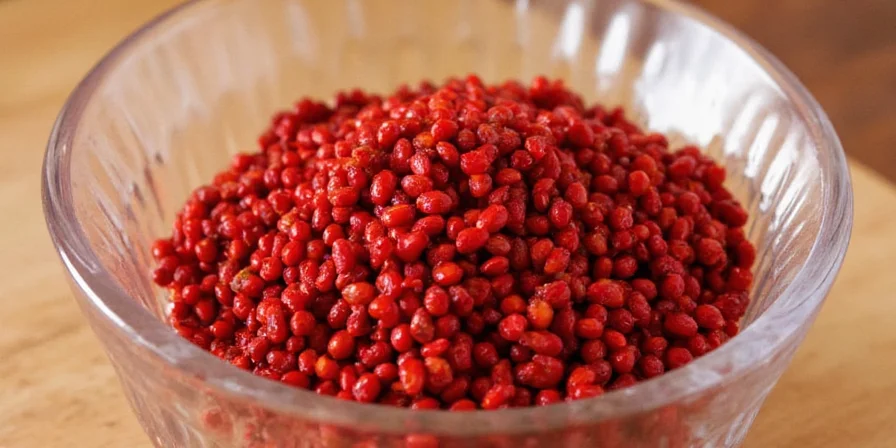
The Mayans were particularly fond of it, using it not only for culinary purposes but also in religious rituals. Talk about a multi-purpose spice! Today, achiote continues to play a vital role in traditional dishes from Mexico to the Philippines, proving that some flavors never go out of style.
Culinary Uses Around the World
Achiote is like that friend who travels the world and somehow ends up in every photo album. From Latin America to Southeast Asia, it brings a unique earthy sweetness and vivid color to a variety of cuisines. Let’s take a quick global tour:
| Region | Dish | Description |
|---|---|---|
| Mexico | Cochinita Pibil | A slow-roasted pork dish marinated in citrus and achiote paste. |
| Peru | Lomo Saltado | Beef stir-fry with soy sauce, vinegar, and a touch of achiote for color. |
| Philippines | Adobo | A savory-sweet version using vinegar, soy sauce, and achiote for an extra kick. |
| India | Vegetable Biryani | Used to mimic saffron’s color without overpowering the delicate spices. |
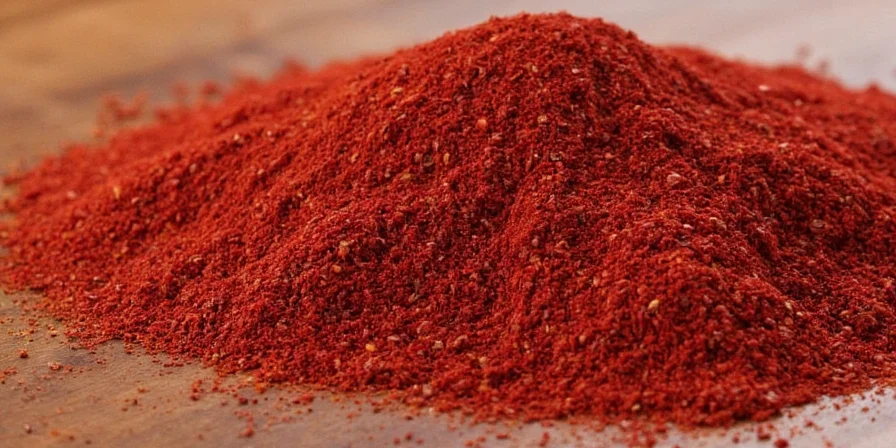
Health Benefits You Might Not Know About
You might be surprised to learn that achiote pepper isn’t just delicious—it’s also packed with potential health benefits. Here are a few reasons to give your pantry a little red glow:
- Antioxidant Powerhouse: Achiote contains tocotrienols, which are relatives of vitamin E and help fight free radicals.
- Anti-inflammatory Properties: Some studies suggest it may help reduce inflammation and support heart health.
- Natural Food Preservative: Thanks to its antimicrobial properties, achiote can extend the shelf life of certain foods.
- May Support Skin Health: Used topically in traditional medicine, it’s believed to have soothing effects on the skin.
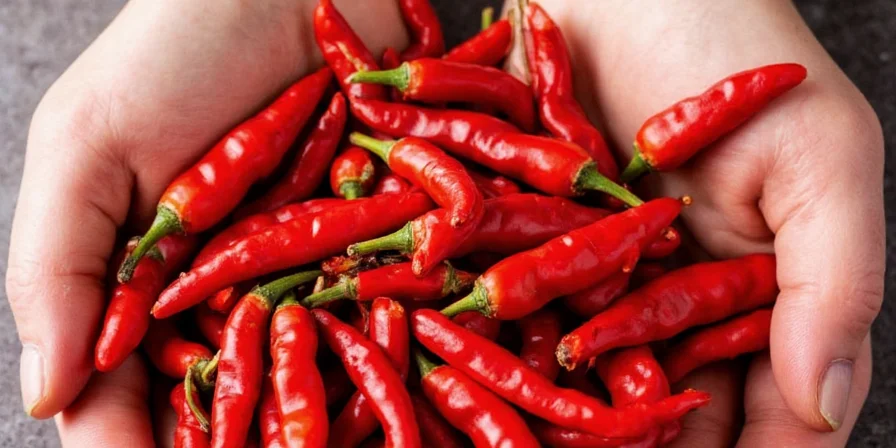
How to Use Achiote Pepper Like a Pro
If you’ve ever looked at achiote and wondered what the fuss is about, worry no more! Here are some easy yet expert-approved ways to incorporate it into your cooking:
Tip #1: Make Your Own Achiote Paste
Store-bought pastes can be loaded with preservatives. Try making your own with just a few ingredients:
- 1 tbsp ground achiote
- 1 clove garlic, minced
- 1 tsp cumin
- 1 tbsp vinegar or lime juice
- Olive oil to bind
Blend until smooth and refrigerate in an airtight container for up to two weeks.
Tip #2: Toast It Before Using
To unlock its full flavor potential, toast whole achiote seeds in a dry pan before grinding them. This brings out the warm, nutty notes.
Tip #3: Add Color Without Overpowering
Use sparingly in rice dishes, soups, or stews where you want a golden-orange hue without altering the flavor profile too much.
Tip #4: Pair with Citrus or Vinegar
The mild bitterness of achiote shines when balanced with acidic ingredients like lime juice or apple cider vinegar.
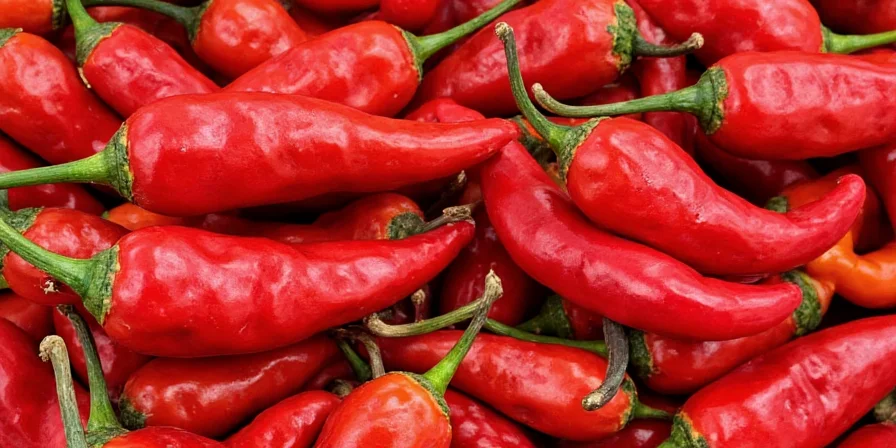
Storage Tips to Keep Your Achiote Fresh
Want your achiote to stay vibrant and flavorful? Follow these simple storage guidelines:
- Whole Seeds: Store in a cool, dark place in an airtight container. They can last up to a year.
- Ground Powder: Keep away from moisture and heat. Best if used within 6 months.
- Paste: Refrigerate in a sealed jar. Use within 2–3 weeks or freeze for longer storage.
Pro tip: Label your containers with the date you opened them—this helps you keep track of freshness!
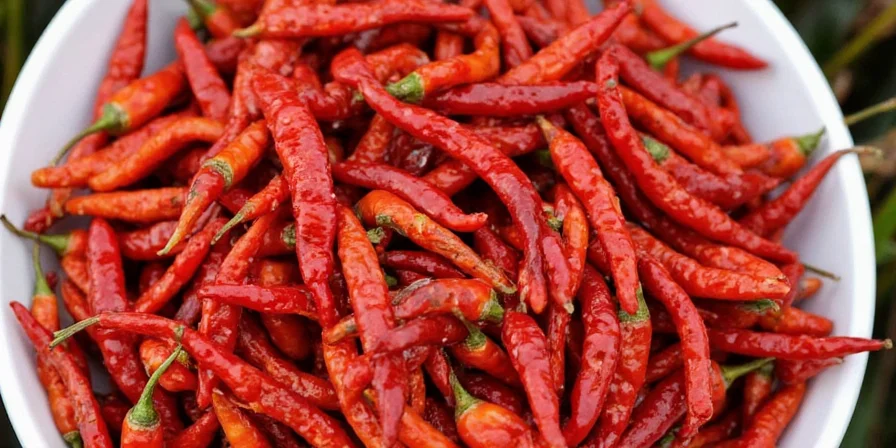
FAQs: All Your Burning Questions Answered
Still got questions about this colorful spice? We’ve got answers!
Can I substitute paprika for achiote?
You can in a pinch, especially for color, but the flavor will be milder and sweeter. For better authenticity, add a pinch of cumin or coriander to mimic achiote’s earthiness.
Is achiote spicy?
Nope! Achiote is more earthy and slightly bitter than hot. It adds depth rather than heat.
What does achiote taste like?
Think nutty, peppery, and slightly sweet—similar to a blend of paprika and cloves.
Is achiote safe to eat?
Absolutely! While allergic reactions are rare, it’s generally recognized as safe (GRAS) by the FDA and widely used in food coloring and flavoring.
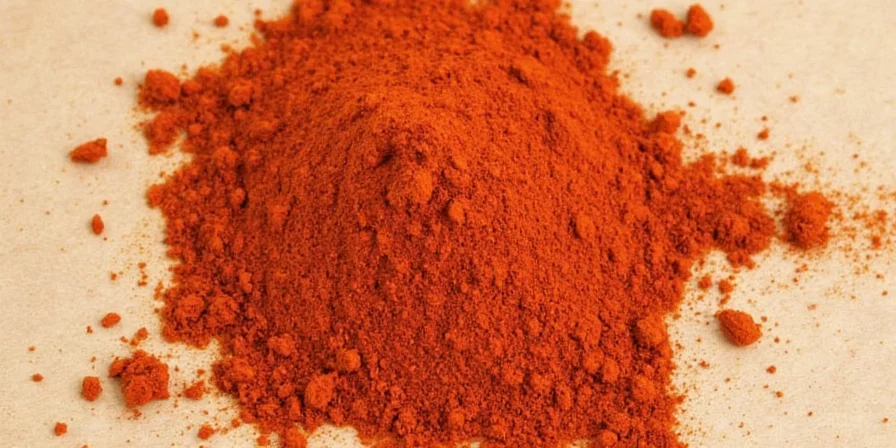
Conclusion: Embrace the Earthy Glow of Achiote
From ancient rituals to modern kitchens, achiote pepper continues to shine as one of the most versatile and culturally rich spices in the world. Whether you’re roasting meats, coloring rice, or experimenting with homemade pastes, this humble seed-turned-spice has earned its place in the global spice hall of fame.
So next time you reach for that bottle of achiote powder, remember—you're holding a piece of history, flavor, and color all in one. Don’t be afraid to get creative, and let this red-hued gem elevate your dishes from ordinary to extraordinary.
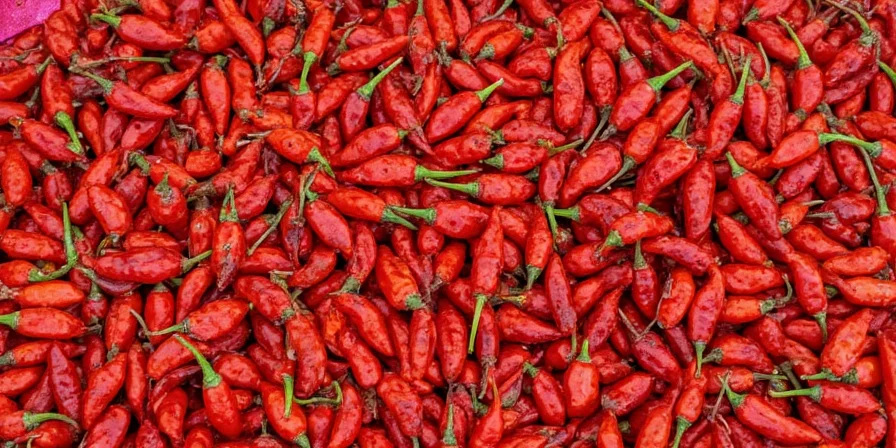

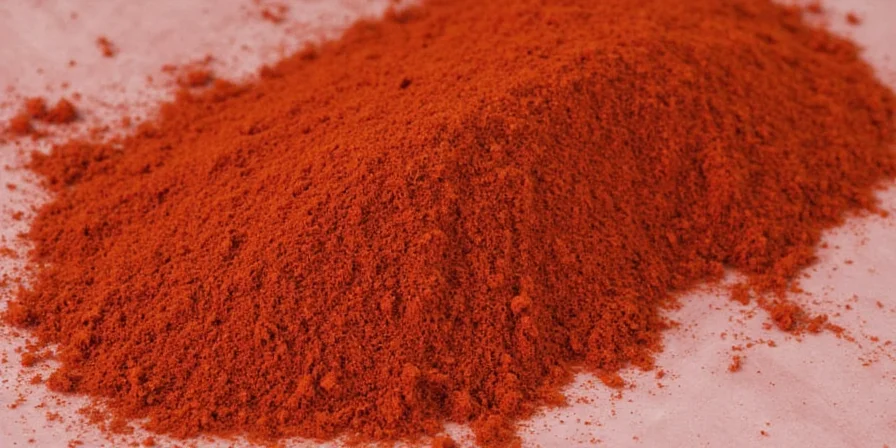









 浙公网安备
33010002000092号
浙公网安备
33010002000092号 浙B2-20120091-4
浙B2-20120091-4